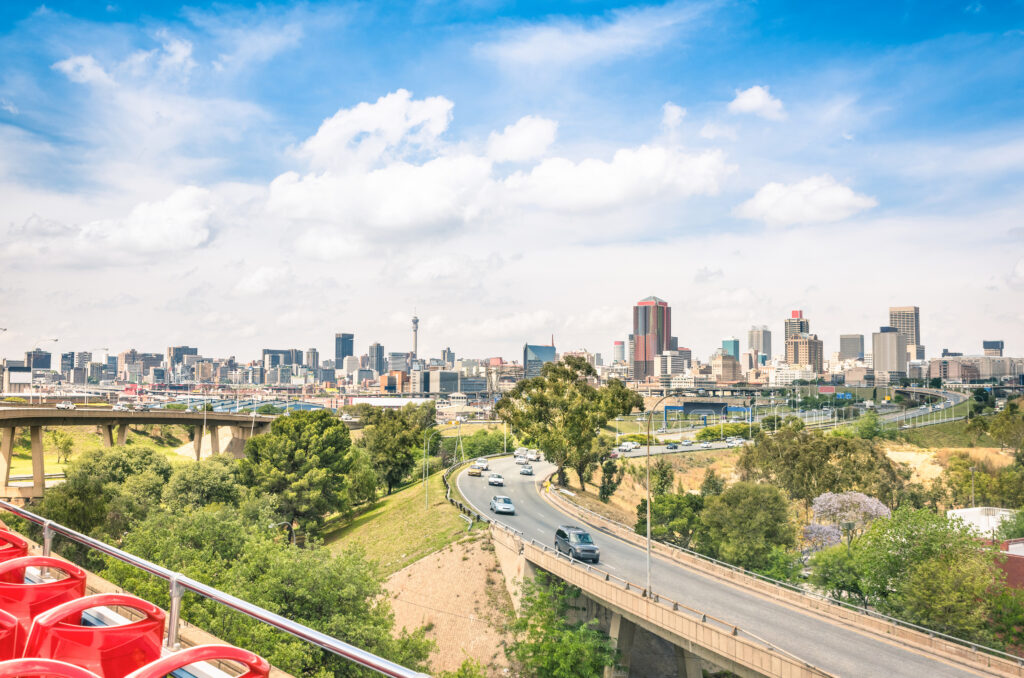The Gauteng Water Crises: What's Really Going On?

The recent water crisis in Gauteng, South Africa, has raised significant concerns among residents and authorities alike.
This article delves into the underlying causes of the crisis, its effects on the community, and potential solutions to mitigate future occurrences.
Causes of Water Crisis
- Infrastructure Issues
Aging infrastructure has been a major contributor to the water crisis. Many pipelines and treatment facilities are outdated and unable to handle current demand, leading to frequent leaks and service interruptions. - Drought Conditions
Prolonged droughts have exacerbated water shortages. Gauteng has experienced lower rainfall levels, which directly impacts water supply from reservoirs. - Population Growth
The rapid increase in population in urban areas has put immense pressure on existing water resources. The demand for water has outpaced supply, leading to shortages. - Mismanagement
Inefficient management of water resources and distribution systems has led to wastage and inadequate response strategies during peak demand periods.
Impact on Communities
- Health Risks
The lack of access to clean water poses serious health risks, including the spread of waterborne diseases. Residents often resort to unsafe sources for drinking water. - Economic Consequences
Businesses are suffering due to water shortages, affecting productivity and leading to job losses. The agricultural sector is particularly hard hit, impacting food supply chains. - Social Unrest
Frustration over water shortages has led to protests and social unrest in some communities, highlighting the urgent need for effective solutions.

Potential Solutions
- Investment in Infrastructure
Upgrading aging infrastructure is crucial. This includes repairing leaks, replacing old pipes, and enhancing treatment facilities to improve efficiency. - Water Conservation Initiatives
Promoting water-saving practices among residents can help reduce demand. Public awareness campaigns about the importance of conserving water can lead to more responsible usage. - Rainwater Harvesting
Encouraging rainwater harvesting systems in homes can provide an alternative source of water during dry spells. This not only alleviates pressure on municipal supplies but also promotes sustainability. - Desalination Projects
Exploring desalination as a long-term solution could diversify Gauteng’s water sources. Although costly, it may provide a reliable supply in the face of ongoing drought conditions. - Policy Reforms
Implementing effective policies that prioritize sustainable water management is essential. This includes better regulation of usage and incentives for conservation efforts.
Conclusion
The Gauteng water crisis is a multifaceted issue requiring immediate attention from both government officials and residents.
By addressing infrastructure challenges, promoting conservation, and exploring innovative solutions, Gauteng can work towards a sustainable future where access to clean water is guaranteed for all its residents.
This crisis serves as a reminder of the importance of responsible resource management and community engagement in safeguarding vital natural resources for future generations.





